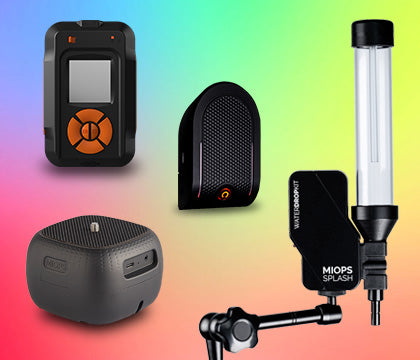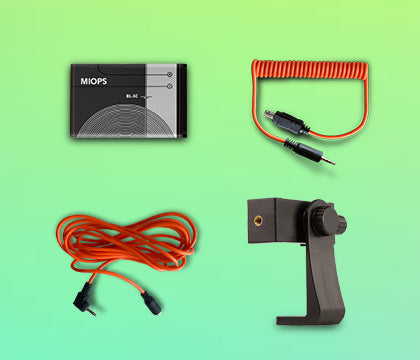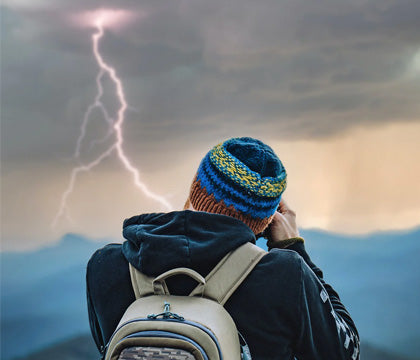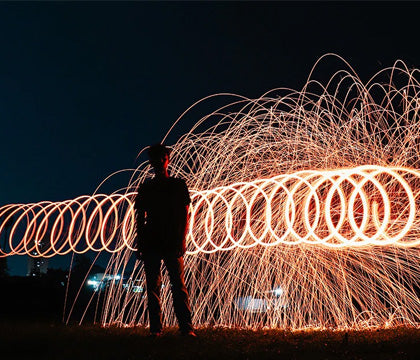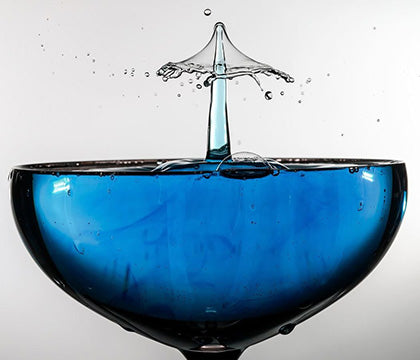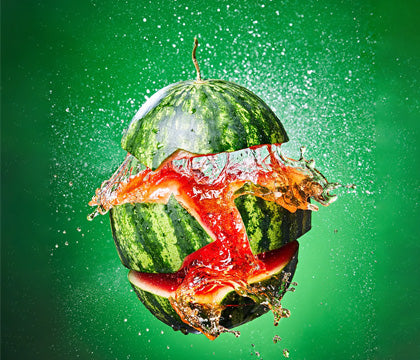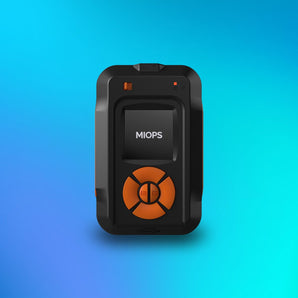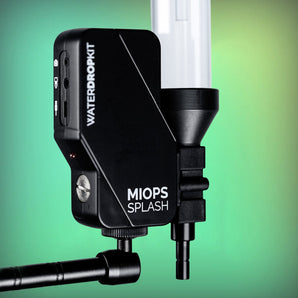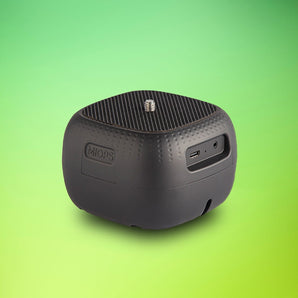What is Light Pollution?
Light pollution refers to the excessive or misdirected artificial light in the night environment, which disrupts the natural darkness of the sky. It is a significant challenge for astrophotographers and night sky enthusiasts, as it reduces the visibility of stars, planets, and other celestial objects. Light pollution originates from sources such as streetlights, billboards, commercial buildings, and residential areas.
How Light Pollution Affects Photography
When photographing the night sky, light pollution can result in:
-
Washed-out skies: Artificial light brightens the sky, making it harder to capture faint celestial objects.
-
Reduced contrast: Light pollution diminishes the contrast between stars and the dark background.
-
Unwanted color casts: Some artificial lights create an orange or yellow glow in long-exposure images.
-
Limited exposure times: Increased light levels force photographers to use shorter exposure times, which may not be ideal for deep-sky photography.
How to Reduce Light Pollution in Your Photos
Although light pollution is widespread, there are several ways to minimize its impact and improve your night photography.
1. Choose the Right Location
Selecting a dark sky location is crucial for astrophotography. Consider visiting dark sky reserves, rural areas, or national parks where artificial light is minimal. You can use our Light Pollution Map to find the best locations with minimal light pollution for capturing clear night skies.

2. Use a Light Pollution Filter
A light pollution filter, also known as an LPF or LPS (Light Pollution Suppression) filter, helps reduce the impact of artificial light, particularly sodium and mercury vapor lights. These filters improve contrast and clarity by blocking specific wavelengths of light.
3. Shoot During the Right Conditions
-
New Moon Nights: A new moon provides the darkest skies, enhancing visibility for stars and galaxies.
-
Higher Altitudes: Shooting from mountains or elevated locations reduces the effects of ground-level light pollution.
-
After Midnight: Many artificial lights, such as businesses and homes, start dimming after midnight, resulting in a darker sky.
4. Use Proper Camera Settings
-
Wide Aperture (f/2.8 or lower): Allows more light into the sensor without extending exposure times excessively.
-
Long Exposure (15-30 seconds): Captures more light, but be mindful of star trails if shooting without a tracker.
-
High ISO (800-3200): Increases sensitivity to light while balancing noise levels.
-
Manual Focus: Autofocus struggles in low-light conditions, so switch to manual focus and use live view to focus on a bright star.
5. Post-Processing Techniques
If light pollution affects your images, post-processing can help recover details:
-
Use Gradient Removal Tools: Software like Adobe Lightroom, Photoshop, and PixInsight offer gradient removal tools to reduce sky brightness.
-
Adjust White Balance: Tweaking white balance can correct color casts from artificial lights.
-
Enhance Contrast: Increasing contrast selectively can help make stars stand out against the background.
6. Try Star Trackers for Deep-Sky Photography
For capturing faint deep-sky objects, consider using a star tracker. A star tracker compensates for Earth's rotation, allowing longer exposures without star trails. This technique improves image quality and reduces the impact of light pollution by increasing the signal-to-noise ratio.

Conclusion
Light pollution is a significant challenge for night photographers, but with careful planning and the right techniques, you can still capture breathtaking images of the night sky. Choosing dark locations, using light pollution filters, adjusting camera settings, and post-processing your images can help overcome the effects of artificial light. Whether you're shooting the Milky Way, meteor showers, or deep-sky objects, reducing light pollution's impact will allow you to create stunning night photography


